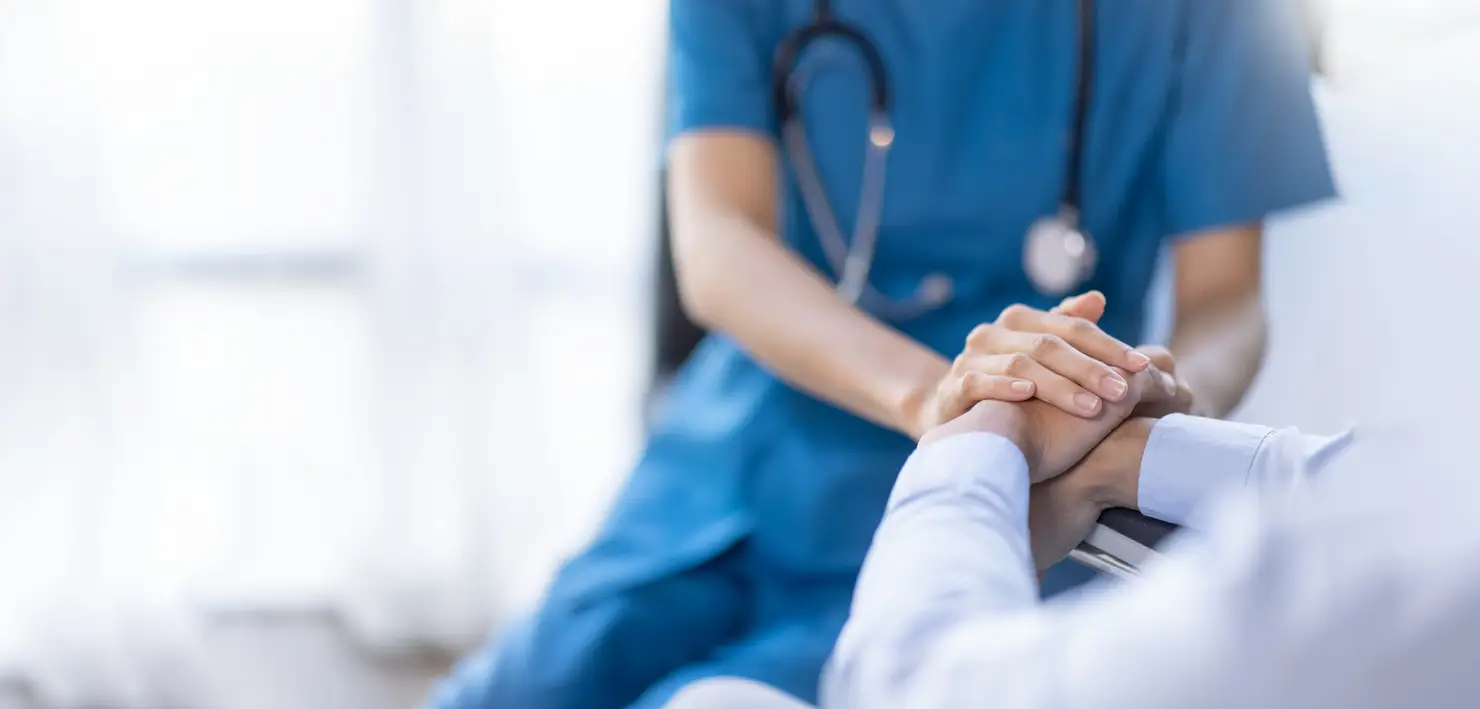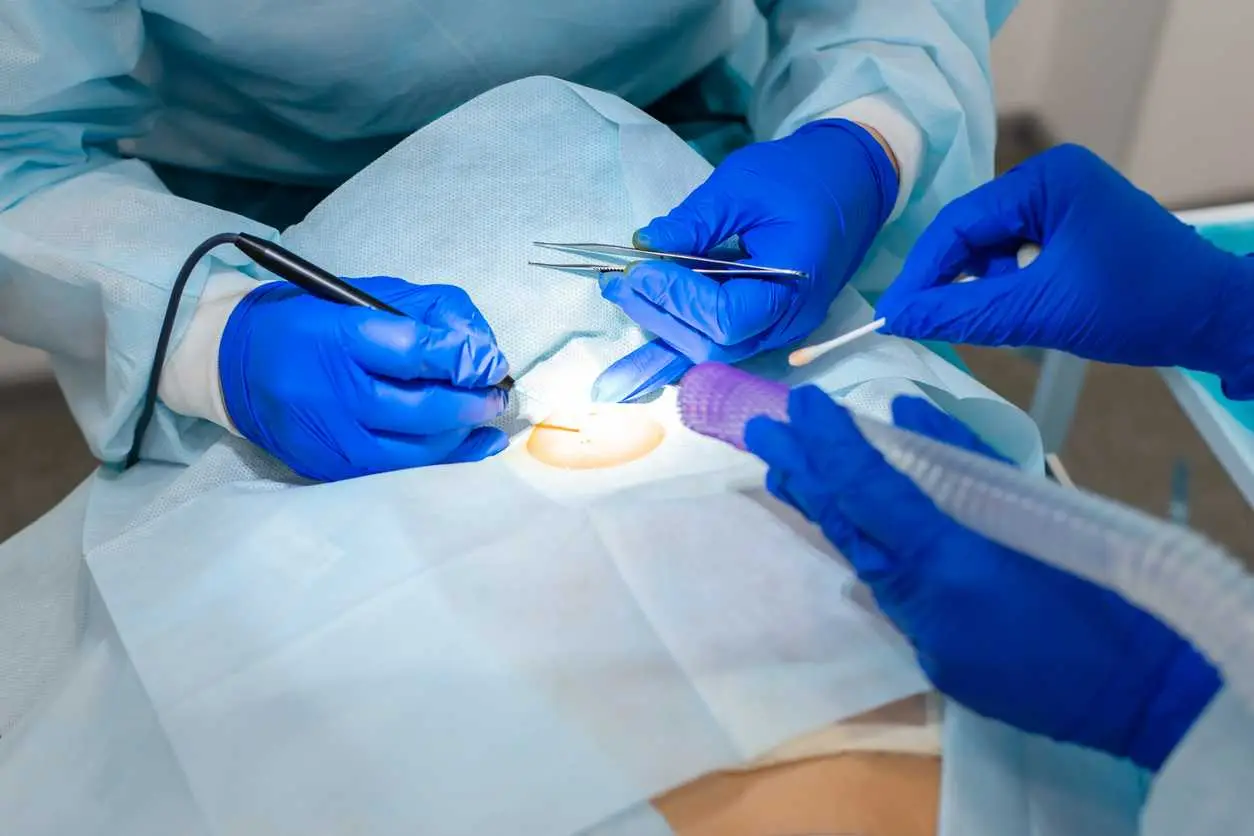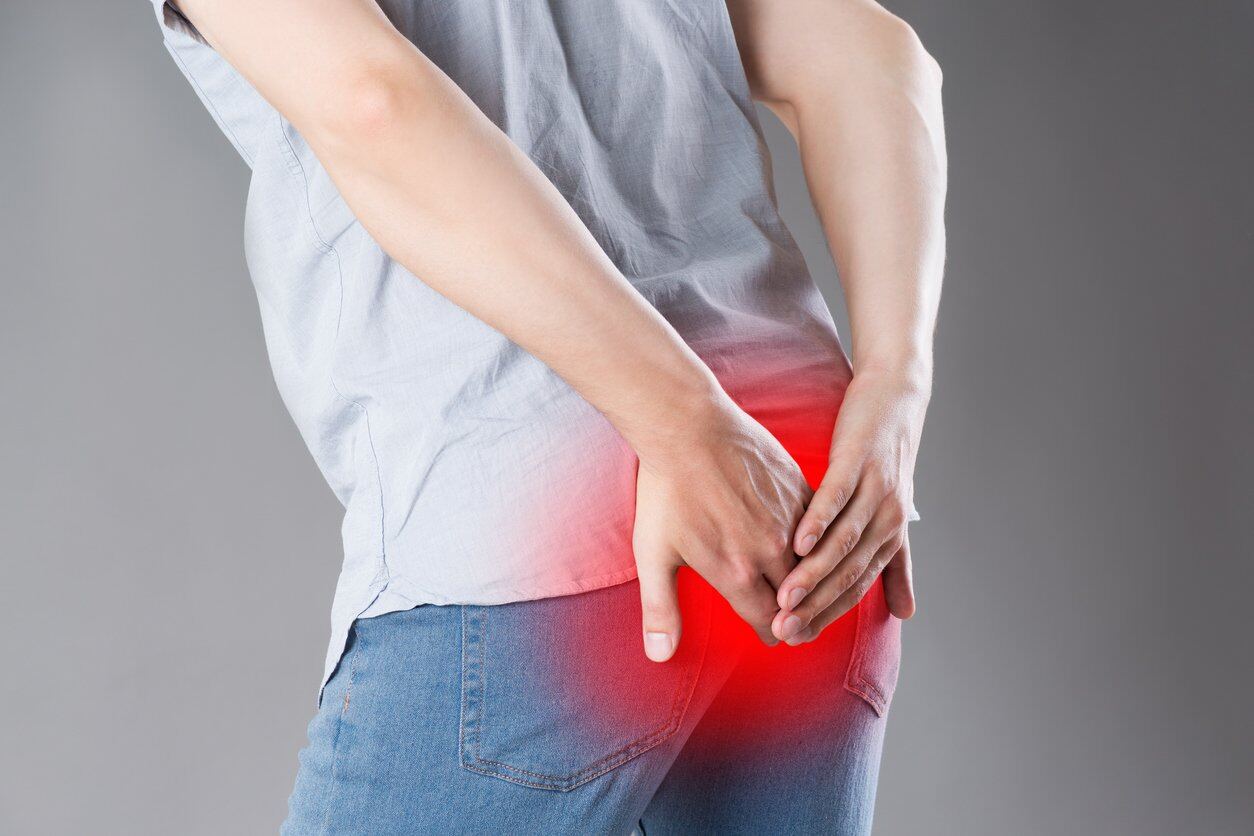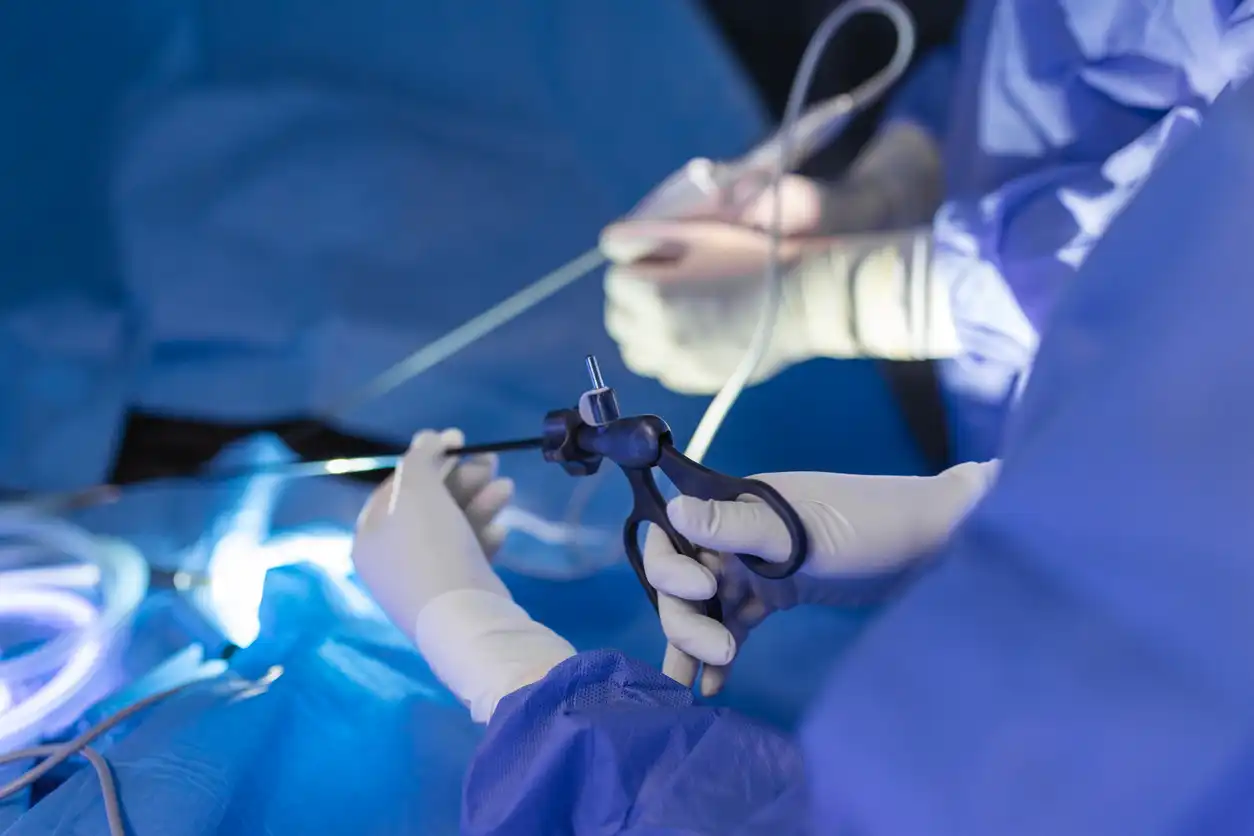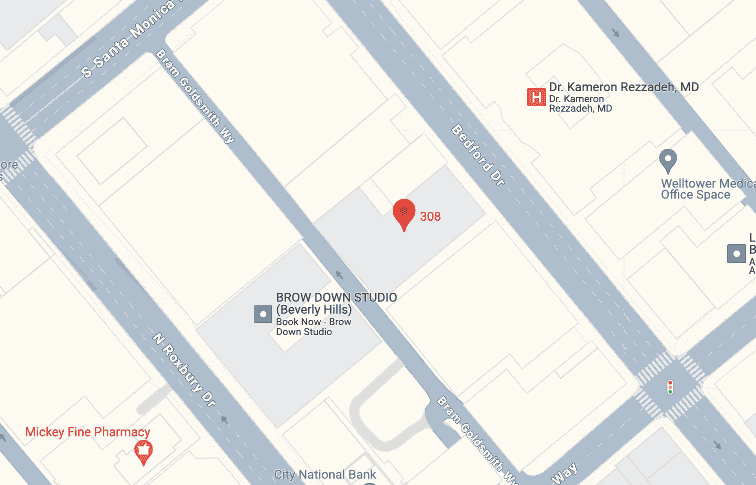Can a Pilonidal Cyst Cause Back Pain?
Pilonidal cysts are a medical condition that affects more than 70,000 people annually in the United States alone. A skin infection most common in men ages 30-45, pilonidal cysts can form at the top crease of the buttocks, or anywhere between the tailbone to the anus. A painful condition, pilonidal cyst are a chronic condition (meaning they are recurrent and are considered more complex cases).
Pilonidal cyst and what cause them
While the root cause of pilonidal cysts are not fully understood, researchers have gathered it is closely associated with ingrown hairs as it is triggered by changing hormones, hair growth and hair type, and physical activity. Anyone can be affected by pilonidal cysts, but they most commonly occur in men after puberty, when adult hair comes in in areas like the armpit, groin, and backside. You are at greater risk of developing pilonidal cysts through physical activities like working out, rowing, or biking and wearing tight, sweaty clothing. Similarly, your profession might put you at risk of developing cysts: taxi drivers, truck drivers, or desk jobs. In WWII, pilonidal cysts or pilonidal disease was referred to as the “Jeep Driver’s Infection” as it is a common skin condition in people who sit for prolonged periods of time. These activities cause friction and pressure in the buttocks area and can potentially cause hair to jab into the skin; recognizing the hair as a foreign object, the body forms a sac around the skin to shield itself from possible infections.
Other factors that can put you at a higher risk of getting this skin infection include:
- Being overweight or clinically diagnosed as obese
- Having poor hygiene
- Sweating excessively and not changing clothes regularly
Symptoms of pilonidal cysts and possible treatments
When infected, a pilonidal cyst is easy to identify due to its location at the crease of the buttocks. Usually red and tender to touch, pilonidal cysts may contain liquid, hair, or debris and leak foul smelling puss and blood. During the early stages of a pilonidal cyst, symptoms are not as easy to identify. An indicator of a pilonidal cyst is pain at the lowest point of the back, which is heightened by pressure when sitting down. The area can be inflamed and swollen, with a dimple in the middle. If you are feeling nauseous, are running a fever, or have been feeling exhausted, please seek medical attention immediately. It is important to note that everyone may not experience the same or all the symptoms of a pilonidal cysts, but a combination of a few.
Treating a pilonidal cyst is dependent on the severity of the case. If diagnosed with an active infection, the first treatment is to treat the active infection, typically by a simple drainage procedure (referred to as “incision and drainage”). This is performed by making a small incision to allow the cyst to drain itself of the fluid, hair, or debris potentially trapped inside. It is important to note, that incision and drainage will not cure the cyst. Its only purpose is to resolve the active infection. For more definitive thereapy, and for cysts that are not actively infected, medical providers will turn to surgical intervention, laser ablation, lancing, or other more intense procedures.
Pilonidal cysts, sciatica, and the spine
In a googling spiral prompted by nerves, you might be wondering, “can pilonidal cysts cause sciatica?” Yes, both the cyst and nerve pain originate in the buttocks area, but they are not related nor does one influence or cause the other. A pilonidal cyst forms at the crease of the buttocks region caused by hair, fluids, or debris potentially trapped under the skin. Sciatica, a very painful nerve condition affecting the buttocks and glutes, is a result of either an injury, nerve irritation, or alignment issues. If you are suffering from sciatica, you will likely feel the pain in the lower back, as well as the leg. This is likely prompted from sitting or standing for long periods. Additionally, sciatica issues are related to your physical anatomy and your musculoskeletal system, while pilonidal issues are related to your integumentary system; symptoms, diagnosis, treatment, and after-care are completely different between these two diseases and disorders.
Pilonidal cysts do not affect the spine, but cases of perineural cysts have shown to affect the spine as they form in the sacral area of the spine.
Can pilonidal cyst be caused by stress?
High-stress levels have not been linked or seen to contribute to the development of pilonidal cysts, quite the opposite. Pilonidal cysts may cause stress as they are painful, and can affect one’s day-to-day, as well as one’s self-confidence.
Dr. Allen Kamrava offers his patients non-invasive, and no down-time surgery! Dedicated to providing great care and life-changing results, Dr. Allen Kamrava is the person to see for any colorectal conditions. Alleviate your pain, call (424)279-822 to set up an appointment today!

